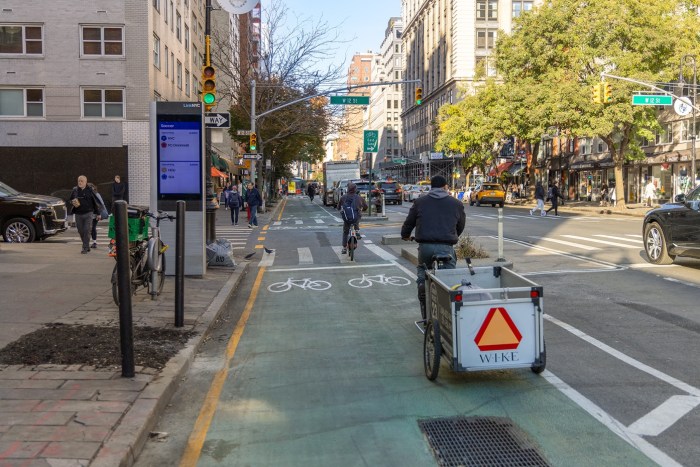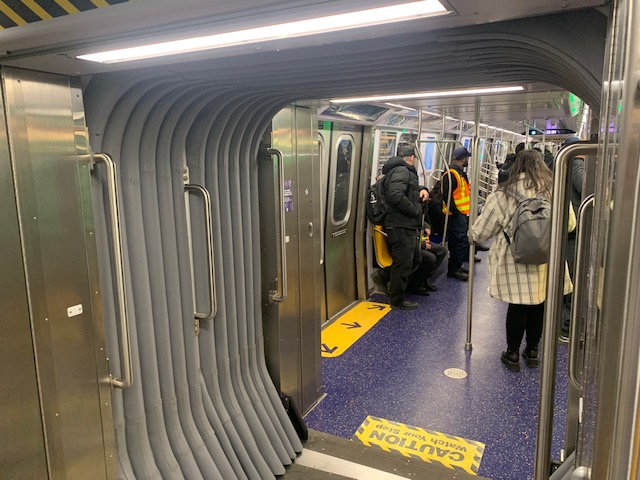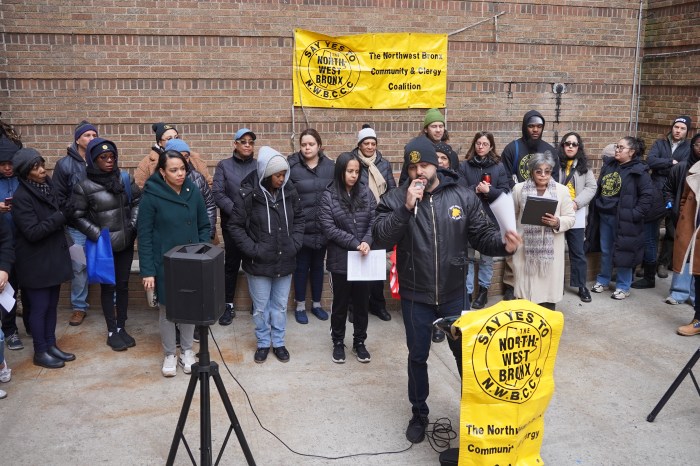Merging the Long Island Rail Road with the region’s other commuter rail systems is vital to supporting growth and improving access to jobs in the tristate area, according to a new report published Wednesday.
The report from the influential nonprofit Regional Plan Association details an ambitious, 30-year proposal to join the LIRR with Metro-North and New Jersey Transit, bringing crosstown rail service from New Jersey through Long Island and, eventually adding 60 new stations and more than 200 new or reactivated track miles for a new rail system called the “Trans-Regional Express,” or T-REX for short.
The RPA estimates that the metropolitan area is currently on pace to add 850,000 jobs and 1.8 million residents by 2040 — adding that it could add much more with the right new infrastructure.
When looking at that growth and the current gaps in the region’s transit systems, the need becomes clearer to overhaul the area’s outdated, inefficient and underutilized commuter rail services, according to Rich Barone, the vice president of transportation at the RPA.
“Obviously, we can’t put [the new population] . . . all on the highway network because the highway network is already congested and we don’t want to build more highways for many reasons. The subway system is great but it’s limited in its geography and where it reaches,” Barone said. “The one network that we have that’s huge is our commuter rail network — yet it really doesn’t connect people throughout the region. It all dead-ends in Manhattan.”
The RPA report describes the proposal as “one of the largest public works projects undertaken since the early 20th century” and would require vast sums of money and political will to drastically change and unify governing structure of the railroads. RPA estimates the costs to be at $71.4 billion, or $2.4 billion per year if the plan could actually be built out in 30 years.
The three railroads combined offer 390 stations and over 2,000 miles of track, making it the nation’s largest and widest reaching commuter rail system. Marrying them together, the report said, would be the last step of a three-phase approach to creating the T-REX.
The first proposed phase would aim to create the crosstown commute from New Jersey to Long Island and a new hub at 31st Street and Third Avenue in Manhattan — mainly by expanding Amtrak’s Gateway project to build new rail tunnels under the Hudson River and extending Penn Station one block south. The RPA believes tracks could be extended beyond Penn Station South, with two tubes extending under the East River out east to Queens.
When completed, there would be three new train services with three new core commuting lines through the heart of the city that fan out through the region.
There would be new fares, with City Ticket expanded for weekdays to give city commuters who live far from subways a more affordable rail option. Trains would be running on tighter schedules, with waits as low as 10 to 15 minutes during weekdays in the region’s center.
On Long Island, the RPA calls for more consistent off-peak and reverse-commute service. The proposal would require a fifth track on the LIRR mainline in Queens, between Winfield Junction and Jamaica Station. And to reduce demand on the mainline, two low-ridership branches — the Oyster Bay and West Hempstead branches — would be converted to light rail service that runs more frequently but will require a transfer to the main rail system.
Barone said the proposed changes challenge the region to rethink how commuter rail operates and are inspired by systems in Paris, London, Tokyo and Madrid.
“This takes the commuter rail system from what it conventionally is and turns it into to a kind of hybrid,” he said.
Amtrak, which owns and operates Penn Station, declined to comment. New Jersey Transit did not respond to a request for comment. And Jon Weinstein, a spokesman for the Metropolitan Transportation Authority said in an email that “we look forward to reviewing the report.”
State Sen. Todd Kaminsky noted that there were pressing service issues that the LIRR must address. “Things can’t really get much worse with the Long Island Rail Road,” he said, but he liked elements of the report and appreciated its long-term outlook.
“I’m excited by it and it’s certainly worth consideration and discussion,” Kaminsky said. “This a really transformation and visionary plan … obviously it’s a gigantic change that would require a whole change in governing and a different way of viewing our railroad, but I like the idea of shaking things up.”




































